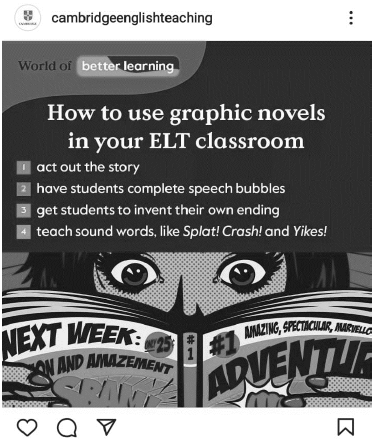Critical Literacy
Critical literacies are not new among scholars and researchers
in literacy education. However, due to different theoretical bases,
there is no unique definition of “critical literacy”. In their
broadest sense, critical literacies refer to the ability to read texts
going beyond their superficial meaning. That is, it implies
approaching texts in a reflective way to understand working
ideologies such as power, inequality, and injustice. In the realm of
critical literacy, text is understood as a “vehicle through which
individuals communicate with one another using the codes and
conventions of society” (Robinson & Robinson, 2003, p. 3). Texts,
in this sense, can be either songs, novels, poems, conversations,
pictures, movies, and so on. […]
Hence, the critical literacies approach is generally contrasted
with functional literacy. The former views literacy as a social
practice, while the latter views literacy as the mastery of linguistic
skills. In addition, Manning (1999) developed a framework to
distinguish critical literacies from functional literacy by
establishing the difference between their respective ideology
purpose, literacy curriculum, and instruction. On the one hand,
the main objective of functional literacy is to produce skilled
workers for the marketplace. Consequently, the curriculum is
restrictive and the instruction is individualistic and competitive.
On the other hand, for critical literacies, texts are not neutral but
marked by power messages, dominating interests, and hidden
agendas. In order to deconstruct these texts and unveil their
ideological messages and power relationships, the curriculum is
to employ materials from the everyday world as text and analytic
tools.
Critical scholars have overtly supported the idea that there is
not a single procedure for incorporating critical literacies into the
classroom, given that the particularities of the context where the
foreign language is taught differ from one another. Thus, an
approach to critical literacies “needs to be continually redefined
in practice” (Comber, 2001, p. 274).
Adapted from: Jiménez, M.C. G. and Gutiérrez, C.P. “Engaging English as a Foreign
Language Students in Critical Literacy Practices: The Case of a Teacher at a Private
University” available at http://www.scielo.org.co/scielo.php?script=
sci_arttext&pid=S1657-07902019000100091&lng=en&nrm=iso




